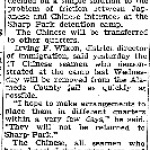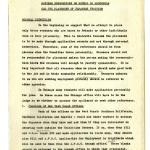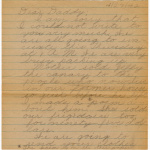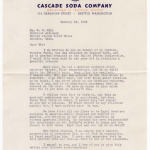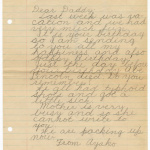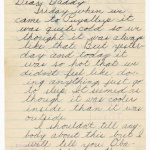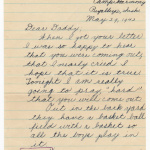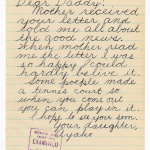Ellis Island (detention facility)
We need your help! There is little available research or existing scholarship about the subject of this article. If you have information or sources that you can share, please help make the Encyclopedia better by contacting us at [email protected].
| US Gov Name | Ellis Island Detention Station |
|---|---|
| Facility Type | Immigration Detention Station |
| Administrative Agency | Immigration and Naturalization Service |
| Location | Ellis Island, New York (40.6833 lat, -74.0333 lng) |
| Date Opened | December 1, 1941 |
| Date Closed | June 1944 |
| Population Description | Held Japanese immigrants on the East Coast arrested by the FBI immediately after the attack on Pearl Harbor; other foreign nationals were also held there. |
| General Description | Immigration and Naturalization Service (INS) detention station located on Ellis Island, a mostly artificial island of 27 acres in Upper New York Bay. |
| Peak Population | 608 (1941-12-01) |
| National Park Service Info | |
Immigration and Naturalization Service
detention station that held Japanese immigrants living on the East Coast who were arrested by the FBI immediately after the attack on Pearl Harbor.
- Ellis Island was designated as a permanent detention station, and foreign nationals from enemy nations were transferred in and out of Ellis Island for more than two years.
Last updated July 14, 2015, 10:09 p.m..

